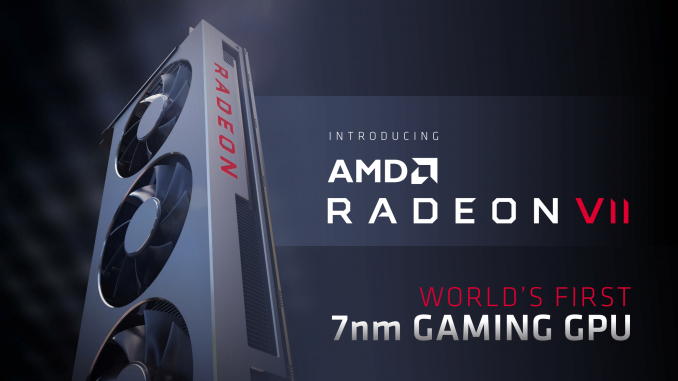
A feature of the Nvidia Turing graphics cards beside raytracing is DLSS. The AMD Radeon VII also supports this technique via the DirectML API.
DLSS: 4K appearance, Full HD gaming load
At the presentation of the new Turing graphics cards in August last year, there were several improvements and new techniques to see. The focus was of course on raytracing. The ray calculation results in much more realistic images, but the required hardware is expensive and has to be very strong. Gaming on UHD and high frame rates is practically no longer possible. However, the effects are very breathtaking, which is why it is a useful addition for some.
The other technology in focus was Deep Learning Super Sampling (DLSS). This is a new kind of edge smoothing. Super Sampling has been a topic for several years now and is handled by every graphics card. With Turing Nvidia takes the technology to a new level. In its own data centers, hundreds of Tesla V100 graphics cards are used to completely calculate games with the help of Deep Learning. The neural network is trained for the games. The final calculation then takes place on the Turing graphics cards. The smoothing of the edges is far superior to a conventional anti-aliasing technique. With the Turing GPUs and activated DLSS, the image is only rendered in a low resolution and then upscaled to 4K and significantly improved by the edge smoothing. The result is a 4K image that does not require the computing power of a 4K image. Thus, the FPS increase, in some cases DLSS is even more beautiful than native 4K.
The AMD Radeon Vega VII also masters DLSS
DLSS is such a topic with the Turing generation because they have built in Tensor and RT cores in addition to normal shader cores for the first time. The Tensor cores perform the inferencing and thus do not impact the shaders. These Tensor cores are currently still completely missing from the competition represented by AMD. However, DLSS could become a topic again with the new Radeon VII. The graphics card is significantly stronger than the previous Radeon graphics cards. So the way for DLSS via the DirectML API could be free. The API was developed by Microsoft and is directly integrated into DirectX 12. Through the API, deep learning optimization can also take place via the shaders without the need for Tensor cores. The DirectML API also works with Nvidia’s Tensor cores. So while the DLSS alternative on the Radeon Vega VII would run on the shaders, Turing graphics cards could continue to run it on the Tensor cores without putting load on the CUDA shaders.
The question is, as always, the support of the game developers. They are currently reluctant to integrate Nvidia’s DLSS into games. Whether a further alternative can prevail at all is rather uncertain. AMD wants to research in the future also in the direction of Raytracing to bring own graphics cards on the market and whether DLSS over the DirectML-API will be a topic in this case, must be shown first.

Be the first to comment